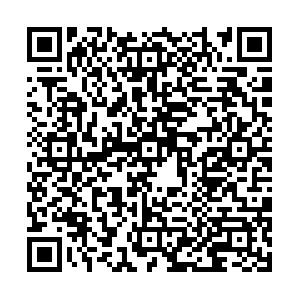互为的转写:生成的现代性
Mutual Trans-writings and Generative Modernity
-
摘要: 数十年的经济全球化,作为现代“长时段”(longue durée)历史中的又一个阶段,改变着横跨所有国家和地区、为人类所共有的世界的面貌,它包含着人类历史上以前所未有的规模进行的人类和社会生活的再生产。一切在巨变中密切相连,差异因此全面凸显。作为现代性一般特征的“分裂的一统”(unity of disunity)及其内在不确定性,在世界范围内再次显性化,以其当下的相关性,要求我们展开历史性的反思。一个多世纪前,英国作家E.M.福斯特道出了“唯有相联”(only connect)的祈愿。自此,“(不)相联性”[(un)connectability]的命题持续萦绕在人类的文字和生活世界里。通过选取分析自1890年代以降部分跨中外、跨学科的书写文本、包括一般被狭义理解的与“翻译”论题相关的文献材料和历史事件,笔者将此“唯有相联”的“祈愿”作为以言行事的跨文化践行驱动,探讨蕴含其中“跨界书写”(transboundary writing)的形式特征和“互为转写”(mutual trans-writing)的意义生成,以重访“如何相联”(how to connect)的现代母题及其当代启示。Abstract: In this contemporary era of economic globalization,which we might register as another phase of the longue durée of modern world history,the human geographies of the world are being transformed across all countries and regions,giving rise to a situation of acute uncertainty,whereby a “unity of disunity” as a general condition of modernity recurs with specific intensity and requires historical reflection of present pertinency.Over a century ago,the British author E.M.Forster gave to one of his characters the half sentence wish,“only connect”,leaving the modern problem of (un) connectability to haunt the written and life world since.This essay takes up such “wish” as a matter of praxis in the ongoing search of “how to connect” throughout modern times.By working through a selection of theoretical and literary texts produced since the 1890s including some material of historical events related to the discussion on “translation,” this essay evokes a genealogy of authors practicing “kuajie shuxie” (transboundary writing) in China as around the world,attentive to the innovations in their special labor toward a possible reciprocity,thereby gesturing toward one path along the direction of what one may call “mutual trans-writings” in the service for a generative modernity.
-
Key words:
- transculturality
-

 点击查看大图
点击查看大图
计量
- 文章访问数: 1422
- HTML全文浏览量: 162


 下载:
下载:
 沪公网安备 31010102003103号
沪公网安备 31010102003103号